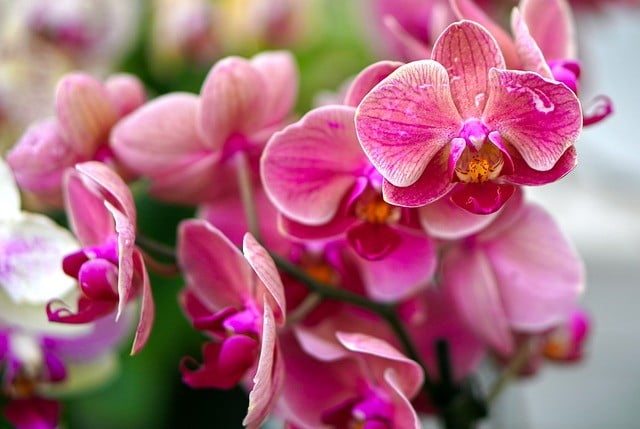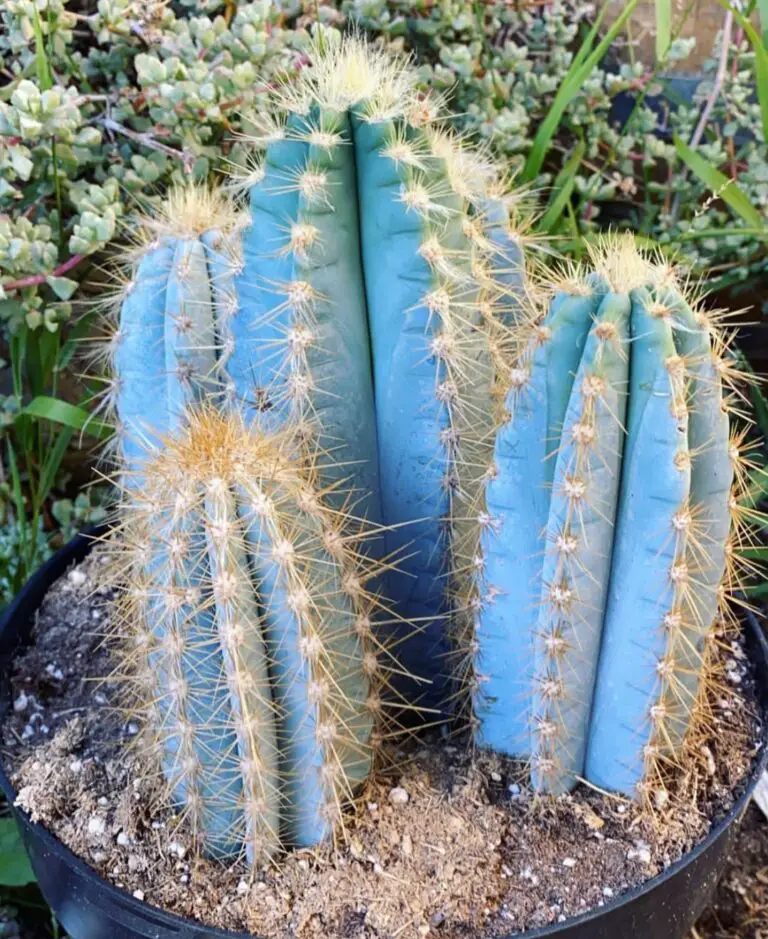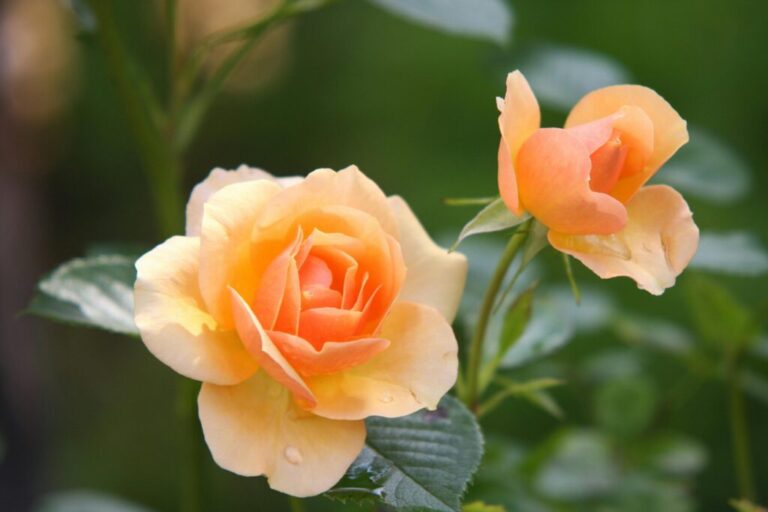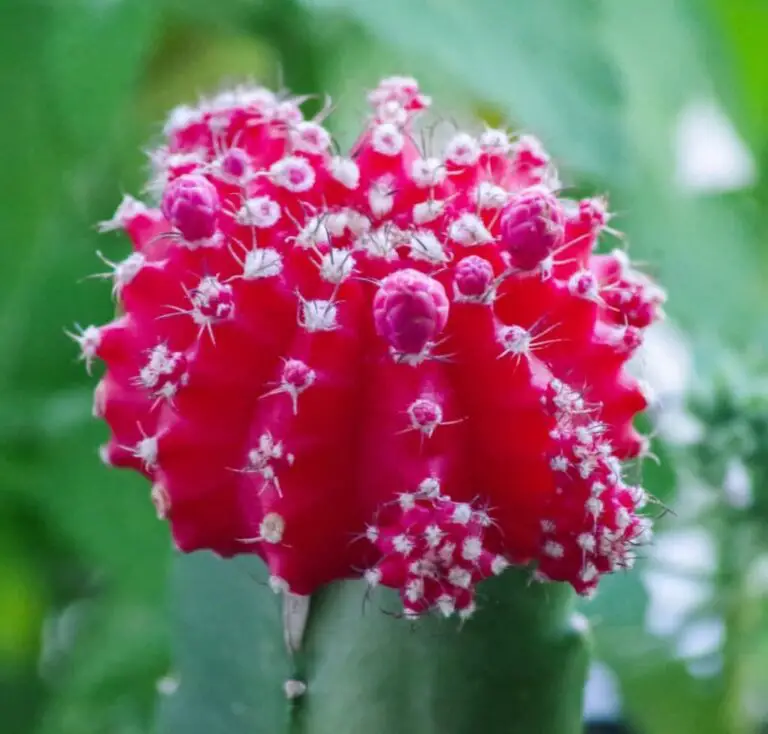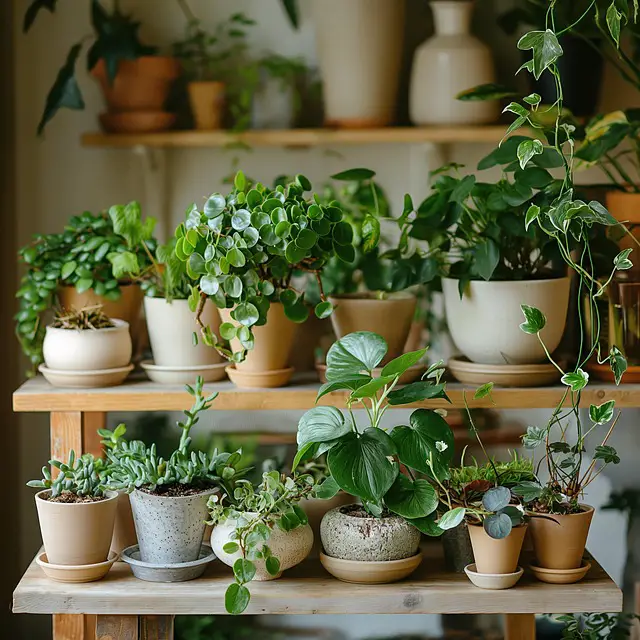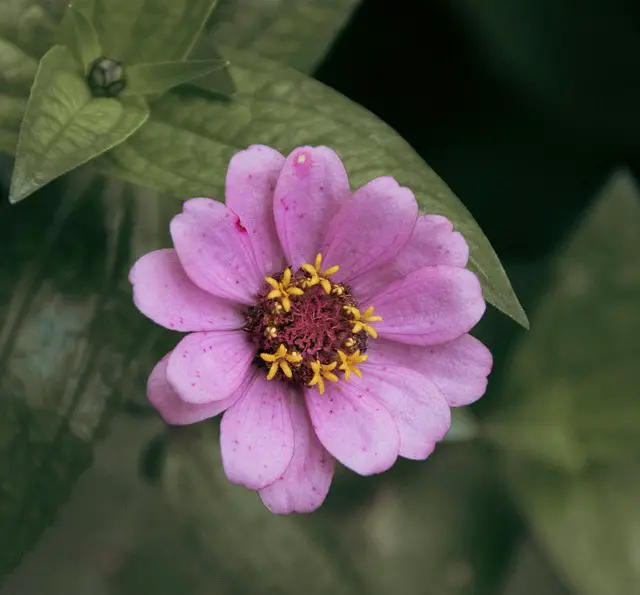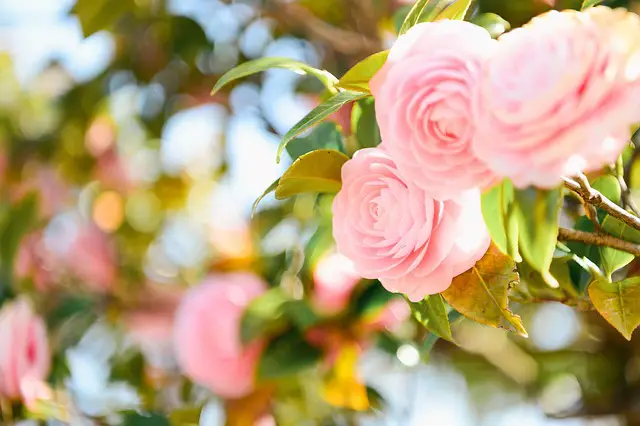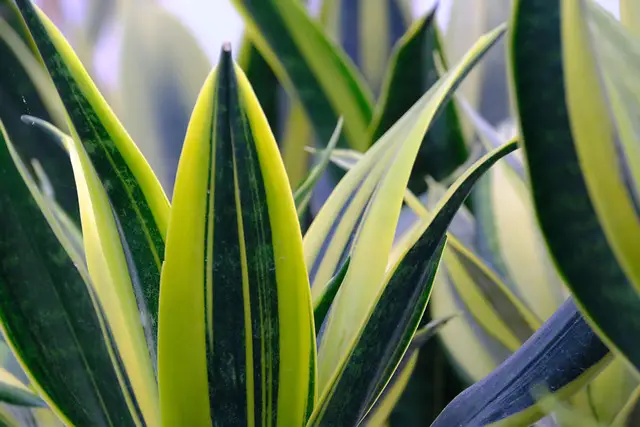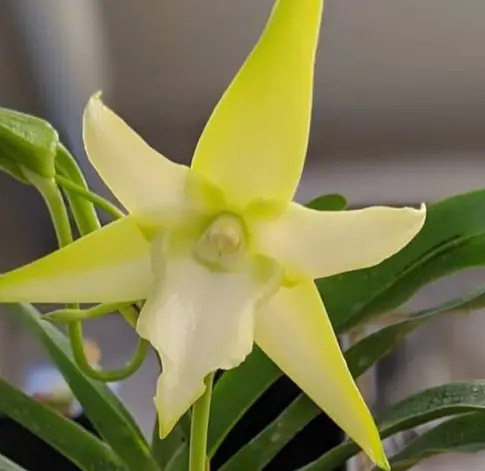Are you considering adding an orchid to your indoor plant collection but don’t know where to start? Look no further! As a beginner, buying the perfect orchid can seem like a daunting task. With so many varieties, colours, and sizes to choose from, it’s easy to feel overwhelmed.
However, with a little bit of guidance, you’ll be able to find the perfect orchid that suits your style and personality. In this guide, we’ll provide you with everything you need to know about buying an orchid for the first time, from understanding the different types of orchids to selecting the right pot and soil for your plant. So, let’s get started on your journey to becoming an orchid enthusiast!
- 1 Orchid beginners
- 2 Study the various varieties of flowers
- 3 Think about your home’s environment
- 4 How to check the health of orchid
- 5 Choose a reputable sellers
- 6 What will you have to pay when buying orchids?
- 7 What will you buy Species or hybrids
- 8 How to check if the pseudobulbs are in good condition
- 9 How to check orchid flowers’ condition when buying
- 10 FAQ
Orchid beginners

Study the various varieties of flowers
Research is the first stage in finding the ideal orchid to purchase. Orchids come in more than 25,000 distinct varieties, each with special qualities of their own. Others favour warmer temperatures. Some orchids prefer cooler temperatures. Some call for a certain kind of soil, while others require more sun than others. By learning about the various varieties of orchids, you can reduce your choices and decide which one is ideal for your house.
Think about your home’s environment
Once you have an idea of the different types of orchids available, you need to consider the growing conditions in your home. Different orchids have different requirements when it comes to temperature, light, and humidity.
Some orchids thrive in bright, indirect light, while others prefer lower light levels. Some require a lot of humidity, while others can tolerate drier air. By choosing an orchid that is well-suited to the growing conditions in your home, you will increase your chances of success.
How to check the health of orchid
When buying an orchid, it is important to check the plant’s health. Look for a plant with healthy leaves and strong stems. Avoid plants with yellow or brown leaves, as this could be a sign of disease or poor health. Also, check the roots of the plant. The roots should be firm and white or green in color. If the roots are soft, brown, or black, this could indicate root rot.
Choose a reputable sellers
Picking a trustworthy vendor is crucial when purchasing an orchid. Choose a vendor who has a solid name and a history of receiving favourable feedback from other clients. Avert buying from sellers who have a reputation for offering subpar plants or who don’t give enough details about the plants they are marketing. If you want to see the plants up close, you can also visit a nearby farm or seek advice from other orchid lovers.
What will you have to pay when buying orchids?
When buying an orchid, the cost can vary depending on the type and size of the plant, as well as the vendor or location where it is being sold. In general, orchids can range in price from a few dollars for a small plant to hundreds of dollars for a larger, rarer, or specialty variety. In addition to the cost of the plant itself, you may also need to factor in the cost of any necessary accessories such as a pot, soil, fertiliser, or other supplies. Lastly, some vendors may charge shipping fees if you are purchasing the orchid online or from a distance.
What will you buy Species or hybrids
The ability to provide for different ethnic circumstances really affects this. A species is more demanding of its environment than a hybrid because it is the native plant. It is more likely to suffer if you are unable to provide these circumstances. In order to maintain the ideal circumstances,
the majority of species are therefore more likely to be kept in greenhouses. In many instances, the hybrid was created specifically for the market for house plants by breeding or crossing two different plants. Hybrid plants are prized for their hue or fragrance in the plant world. Not all species, though, are as picky, and many of them can exist quite happily indoors.
Orchid species (hard to maintain)are plants that have developed naturally in the wild without any human intervention. They have evolved over time to adapt to their specific environment and often have unique characteristics that make them well-suited to their natural habitats. Orchid species are diverse and come in a wide range of sizes, colours, and shapes. Because they have not been hybridised, they are genetically stable and reproduce true to type. This means that offspring of a particular orchid species will have the same traits as the parent plant.
orchid hybrids (easy to maintain)are the result of crossbreeding two or more orchid species or hybrids. Hybridization is a process that allows for the combination of desirable traits from different orchids. This can lead to new and unique characteristics, including larger blooms, brighter colours, and more complex shapes.
Orchid hybrids are often created for their aesthetic value, and they have become increasingly popular with hobbyists and collectors. However, because they are the product of crossbreeding, they are not genetically stable and can vary widely in appearance and characteristics from their parent plants.
How to check if the pseudobulbs are in good condition
To check if pseudobulbs are in good condition, there are a few things you can look for. First, check the overall appearance of the plant. Healthy pseudobulbs should be plump and firm to the touch, with no signs of shrivelling or wrinkling. The leaves should be a vibrant green colour and free from any yellowing or browning. Next, check the roots by gently lifting the plant out of its pot.
Healthy roots should be white or greenish and firm, with no signs of rot or mushiness. Finally, observe the plant over time to see if it is growing and producing new shoots and leaves. If the plant seems to be growing well and maintaining its overall health, then its pseudobulbs are likely in good condition.
How to check orchid flowers’ condition when buying
When buying orchid flowers, it is important to check their condition to ensure you are getting a healthy plant. Look for bright, vibrant blooms with no signs of discoloration or wilting. The leaves should be firm and green, not yellow or limp. Check for any signs of pests or diseases, such as brown spots or webs. Additionally, inspect the roots to make sure they are healthy and white, not brown or black. By taking the time to carefully examine the orchid flowers before purchasing, you can ensure that you are getting a healthy and long-lasting plant.
FAQ
Which type of orchid is best for beginners?
Phalaenopsis orchids are best for beginners as they are easy to care for and have long-lasting blooms.
How do I know which orchid to buy?
Consider factors such as light, temperature, and humidity requirements, as well as the type of orchid that appeals to you visually. Researching and consulting with experts can also help you make an informed decision.
Are orchids good beginner plants?
While orchids can be challenging to care for, they can still be good beginner plants with proper research, patience, and attention to their specific needs.
What is a basic guide to orchid growing?
A basic guide to orchid growing includes providing the appropriate growing conditions, such as adequate light, temperature, and humidity; using well-draining media; fertilizing and watering appropriately; and monitoring for pests and diseases. Additionally, understanding the specific needs of the orchid species you are growing is crucial to their success.
What is the best orchid for beginners?
Phalaenopsis (Moth Orchid) is the best orchid for beginners due to its easy care and long-lasting blooms.
How often should I water my orchid?
Most orchids, like Phalaenopsis, need watering once a week. However, adjust based on humidity, temperature, and potting medium.
What type of light do orchids need?
Orchids need bright, indirect light. A north- or east-facing window is ideal for beginners growing orchids indoors
Do orchids need special pots?
Yes, orchids thrive in pots with drainage holes and good airflow. Clear plastic pots help beginners monitor root health.
What is the best potting mix for orchids?
Beginners should use an orchid-specific bark mix, as regular soil holds too much moisture and can cause root rot.
How do I know if my orchid needs repotting?
If the potting mix breaks down, roots grow out of the pot, or drainage is poor, beginners should repot their orchid every 1–2 years.
Should I fertilize my orchid?
Yes, beginners should use a balanced orchid fertilizer (20-20-20) once a month at half strength to encourage healthy growth.
Can orchids grow without soil?
Yes, orchids are epiphytes and grow in bark, moss, or mounted on wood, making them unique and easy for beginners to care for.
How do I get my orchid to rebloom?
To encourage reblooming, beginners should provide proper light, watering, and temperature drops at night to trigger flower spikes.
What are the common problems orchid beginners face?
Overwatering, poor lighting, improper potting mix, and pests like scale or mealybugs are common issues for orchid beginners.
How do I prevent my orchid from dying?
Beginners should avoid overwatering, ensure good airflow, use the right potting mix, and check leaves and roots for signs of distress.
Can I grow orchids outdoors?
Yes, but only in suitable climates. Beginners should place orchids in shaded areas with good humidity and protect them from extreme temperatures.
What temperature do orchids need?
Most orchids prefer temperatures between 65–75°F (18–24°C) during the day, with a slight drop at night to promote blooming.
Why are my orchid’s leaves turning yellow?
Yellow leaves can be caused by overwatering, too much direct sunlight, or old leaves naturally shedding. Beginners should check watering habits.
How do I choose a healthy orchid when buying?
Beginners should look for firm, green leaves, healthy roots (not mushy or dried out), and a plant with some unopened buds for longer-lasting blooms.
